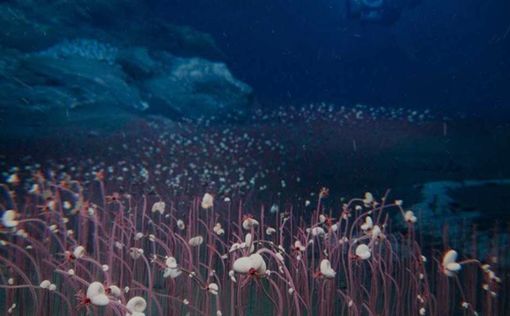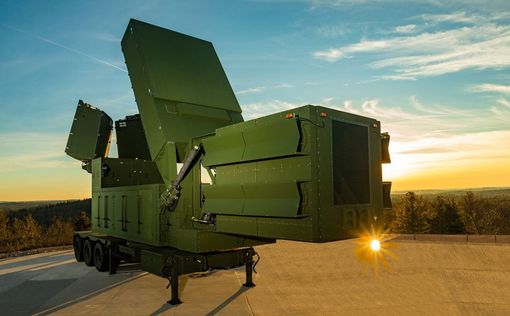An international team of researchers has discovered a unique ecosystem in the hadal zone of the Pacific Ocean — its deepest part — at depths of up to 9,500 meters between Alaska and Russia, where life exists without sunlight. The study, published in the journal Nature, was reported by CNN.
Scientists found methanogenic microbes, mollusks, and tube worms that survive through symbiosis with bacteria, which convert methane and hydrogen sulfide into energy and nutrients. This mechanism allows organisms to live in complete darkness under extreme pressure conditions.
Geochemist Mengran Du described the newly discovered 2,500-kilometer area as “the deepest known ecosystem using methane instead of sunlight.” According to the researchers, the finding challenges the previous assumption that deep-sea communities rely solely on organic matter descending from the ocean surface.
Now scientists believe that hadal trenches are not only reservoirs but also “processing centers” for methane, where carbon is preserved and recycled by microorganisms.
Experts note that this discovery opens new horizons for understanding the limits of life and could be significant in the search for extraterrestrial life.




